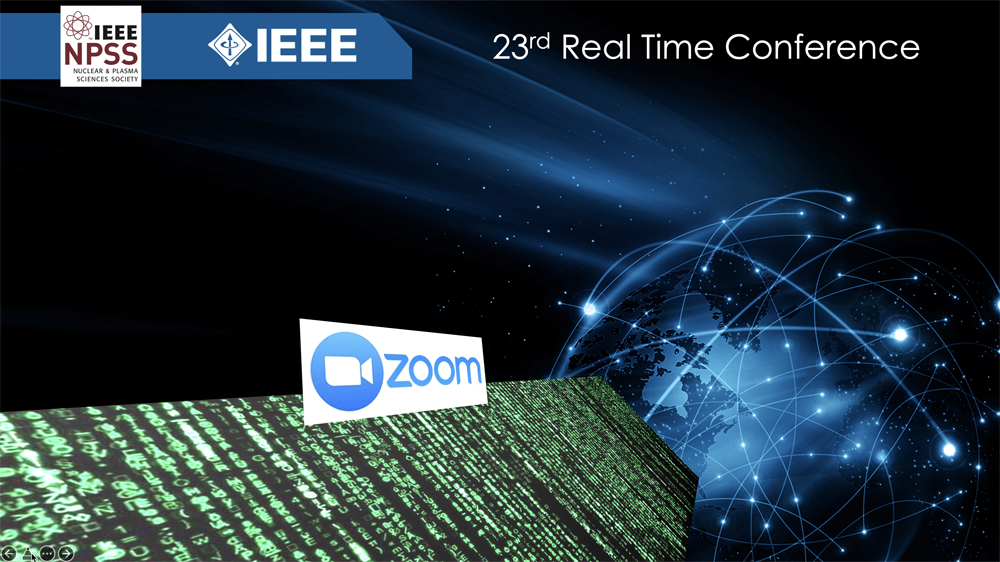Speaker
Description
Finite Impulse Response (FIR) filters offer a powerful, flexible approach to maximizing the sensitivity in digital spectroscopy. For example, the trapezoid filter [1] removes the exponential background from a tail pulse and integrates the decaying charge collected over time to account for ballistic deficit, yielding a robust pulse energy amid uncertainties in the arrival time. Higher order cusp filters can also subtract constant background and reduce the energy uncertainty by preferentially weighting samples closer to the rising edge of the pulse. In addition to these classical filters, a new algorithm to perform least squares fits to template waveforms [2] has been implemented as a recursive filter for real time, high-resolution spectroscopy, something which was previously only accessible via offline analysis of recorded waveforms. We show the converse, that any FIR filter has the natural interpretation as a least squares fitter. In particular, the trapezoid filter arises from a covariant least squares fitter to the exponential tail pulse for which it was designed. This two-way identification of fits and filters unifies the two realms of analog and offline pulse processing, setting the stage for a new class of digital signal processing techniques combining the best features of both worlds.
[1] V. Jordanov and G. Knoll, Nucl. Instrum. Methods, A345, 337345, 1994.
[2] A. P. Jezghani, L. J. Broussard, and C. B. Crawford, arXiv:2012.05937 [physics.ins-det]
| Minioral | Yes |
|---|---|
| IEEE Member | No |
| Are you a student? | No |

